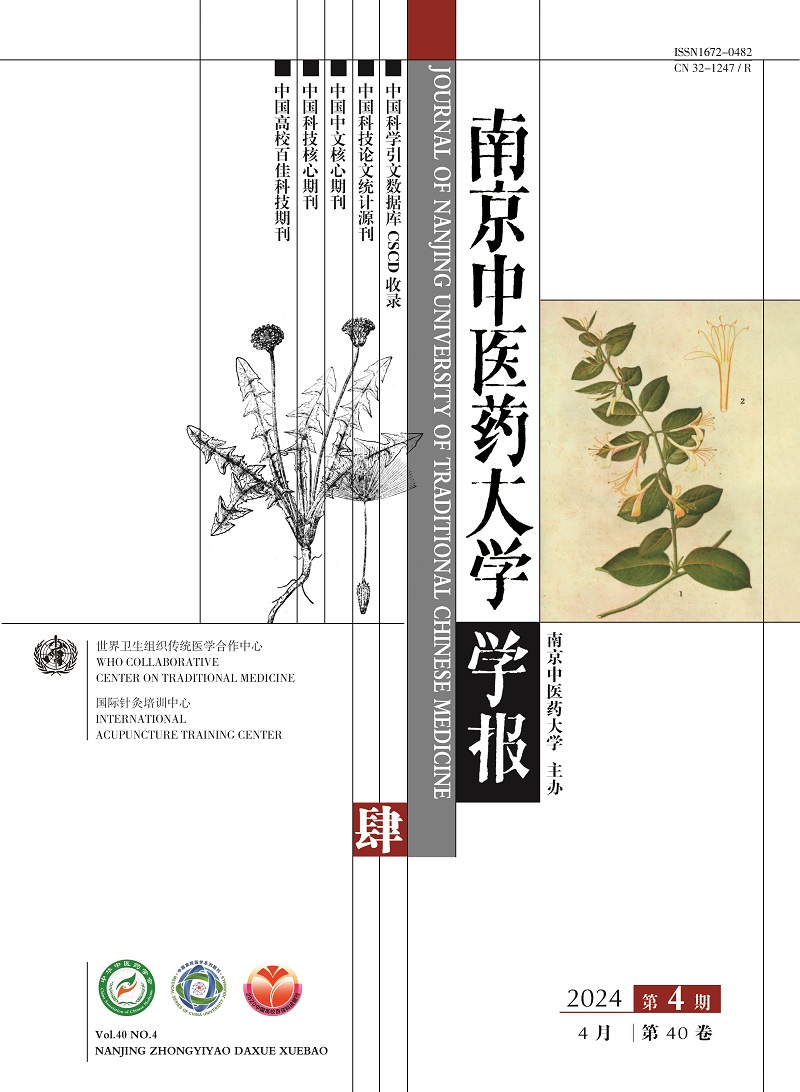2013 Vol. 29, No. 1
Display Method:
2013, 29(1): 1-4.
Abstract:
2013, 29(1): 5-8.
Abstract:
2013, 29(1): 9-11.
Abstract:
2013, 29(1): 12-15.
Abstract:
2013, 29(1): 16-18.
Abstract:
2013, 29(1): 19-21.
Abstract:
2013, 29(1): 22-24.
Abstract:
2013, 29(1): 25-28.
Abstract:
2013, 29(1): 29-34.
Abstract:
2013, 29(1): 35-38.
Abstract:
2013, 29(1): 39-43.
Abstract:
2013, 29(1): 44-47.
Abstract:
2013, 29(1): 48-52.
Abstract:
2013, 29(1): 53-55.
Abstract:
2013, 29(1): 56-59.
Abstract:
2013, 29(1): 60-62.
Abstract:
2013, 29(1): 63-65.
Abstract:
2013, 29(1): 66-70.
Abstract:
2013, 29(1): 71-74.
Abstract:
2013, 29(1): 75-77.
Abstract:
2013, 29(1): 78-80.
Abstract:
2013, 29(1): 81-83.
Abstract:
2013, 29(1): 84-86.
Abstract:
2013, 29(1): 87-88.
Abstract:
2013, 29(1): 89-91.
Abstract:
2013, 29(1): 92-93.
Abstract:
2013, 29(1): 94-96.
Abstract:
2013, 29(1): 97-100.
Abstract:



